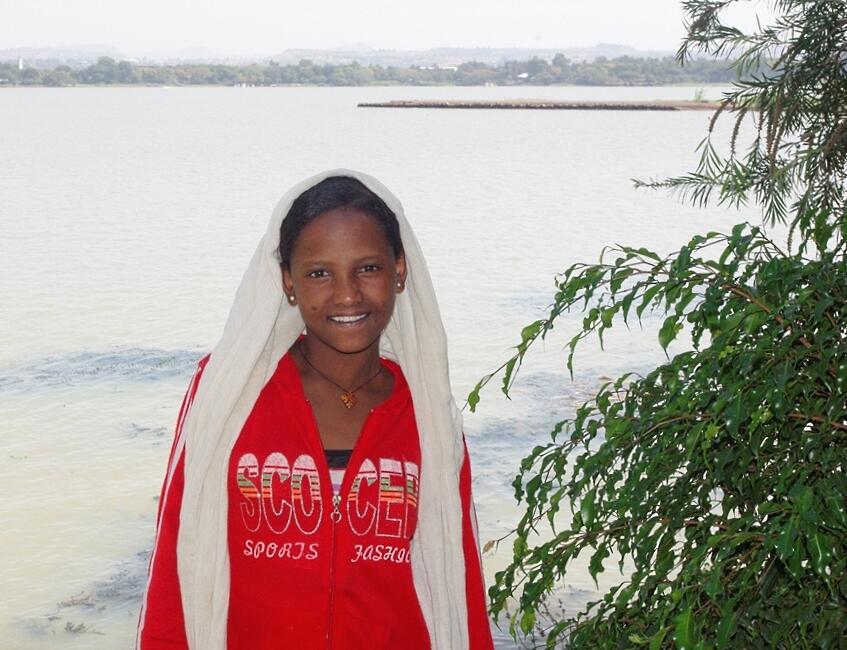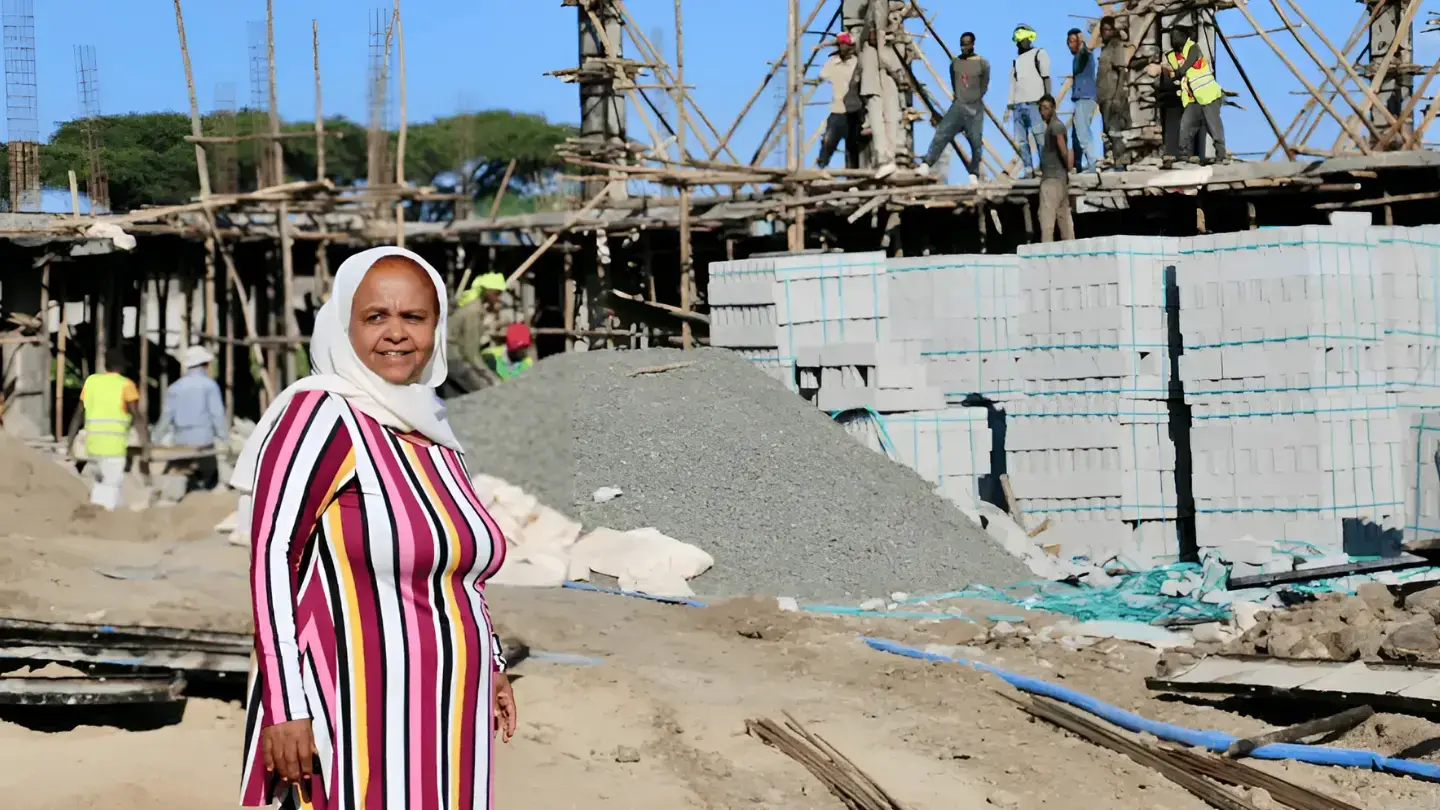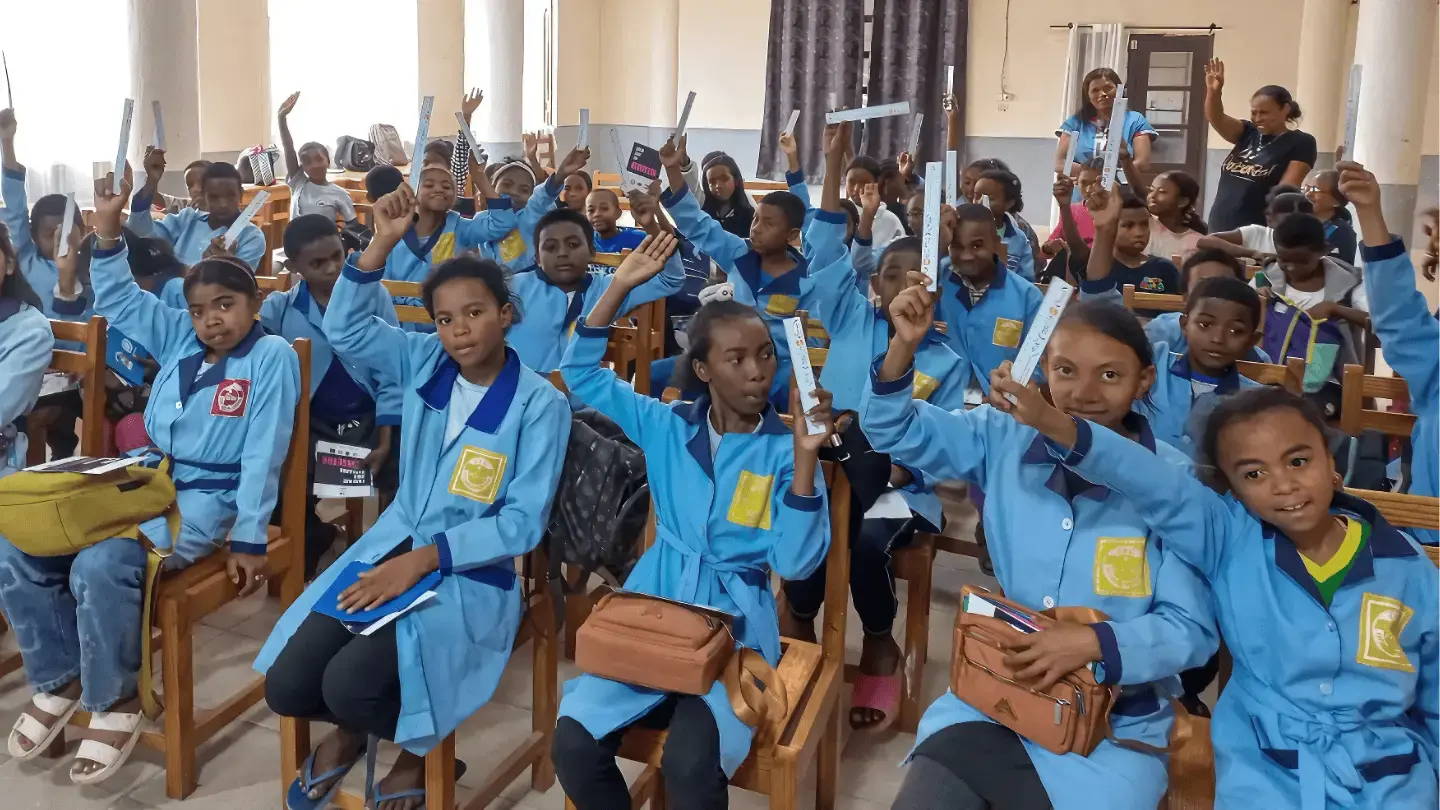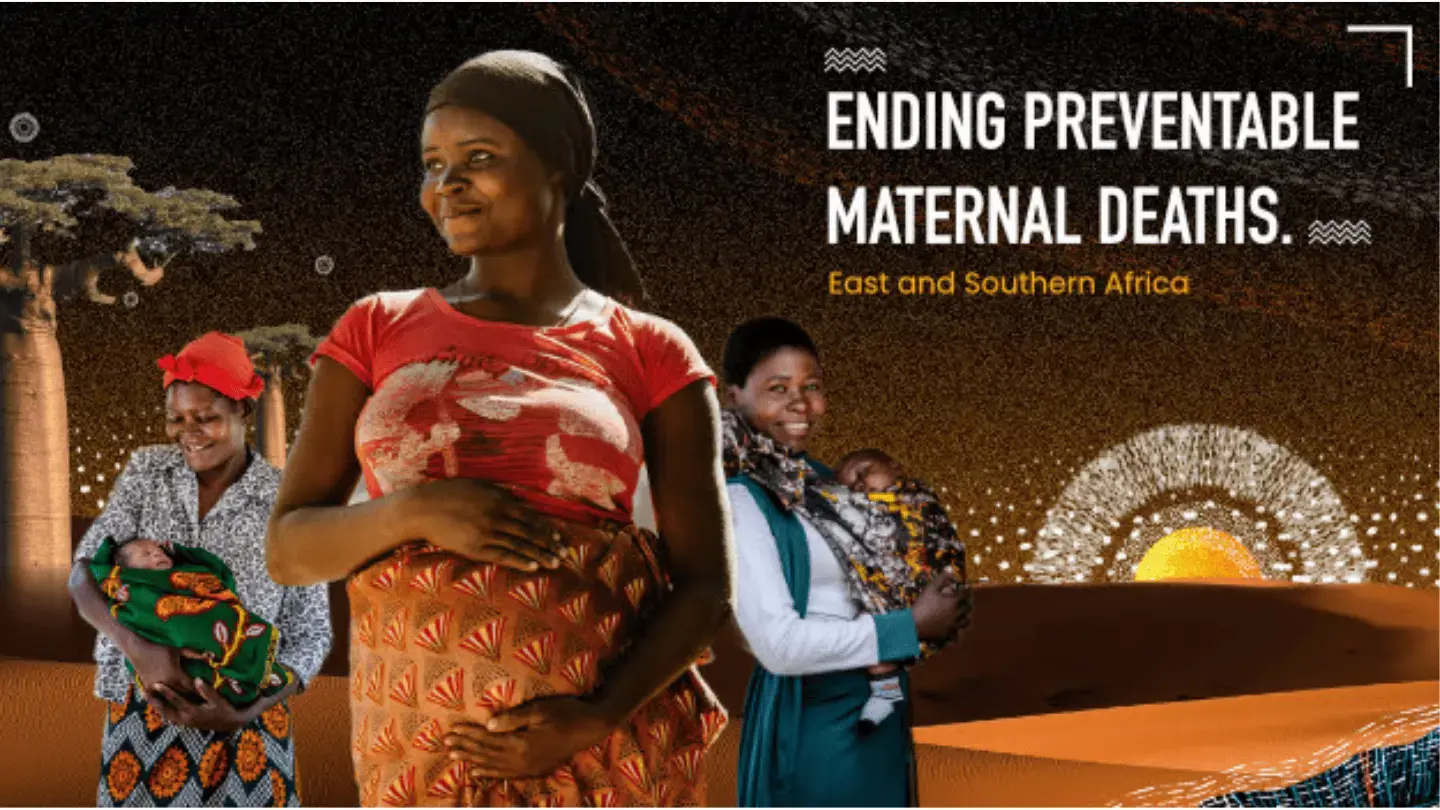BAHIR DAR, Ethiopia — When she was just a toddler, Zufan Fentahun was married to a much older man.
But at the age of seven she was among the first group of girls to join a project supported by UNFPA, the United Nations Population Fund, called Berhane Hewan (Light for Eve). The project was piloted in her area, Messobo, in the Amhara Region, in 2004.
A year later Zufan’s marriage was annulled and her life took a new direction.
The programme was a lifeline to me. It transformed my life and that of my family. - Zufan Fentahun
“The programme was a lifeline to me,” Zufan says. "It transformed my life and that of my family. If Berhane Hewan was not here, I would have borne children at a very young age and I would have been poor."
Through the programme, which supports both married and unmarried adolescent girls, Zufan learned that child marriage was a violation of her human rights, and she challenged her parents to annul hers. She even told them she would bring the issue to the authorities if they did not.
She gradually built up capital, which she created by breeding a chicken and an ewe that were given to her by the Berhane Hewan project. This has enabled her pay for her own education.
Behane Hewan has since expanded to 36 communities, touching the lives of more than 11,000 girls.
Tackling high child marriage rate
The Amhara Region in Ethiopia has one of the highest rates of child marriage in the world. This is despite the Family Codes of the Region, as well as that of the country, setting the minimum legal age for marriage at 18 years for both girls and boys.
Many of the marital unions involving young girls are unstable. And many girls flee their homes for urban areas to escape child marriage.
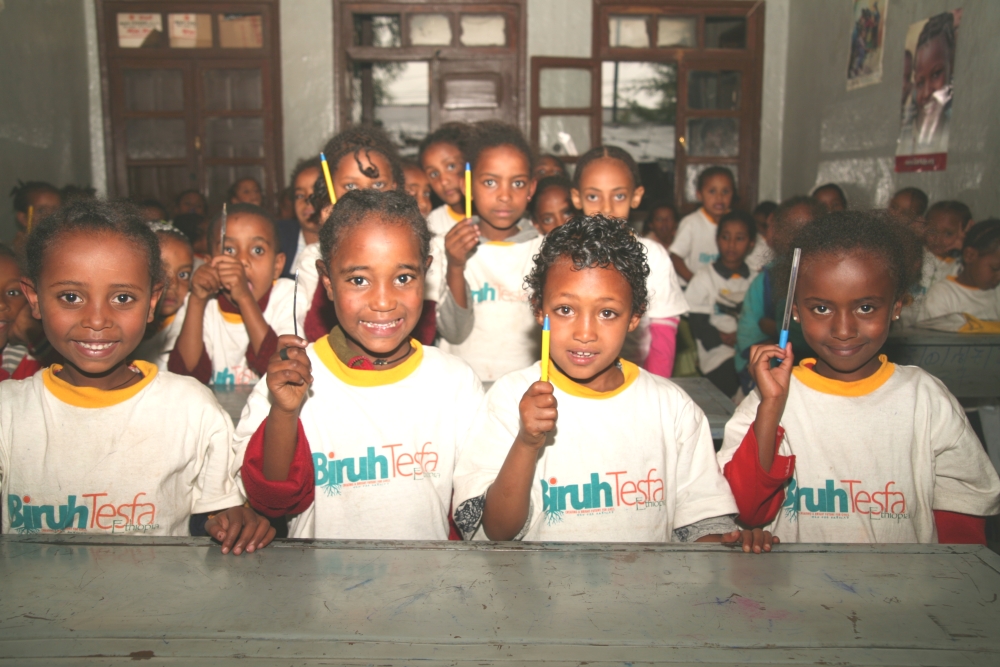
The Berhane Hewan project has taken a multi-sectoral approach to address the underlying factors that increase the vulnerability of adolescent girls. Keeping girls in school, creating linkages with livelihood programmes, and addressing the social isolation of marginalized groups are some of the strategies. The project has closely engaged a number of groups at community level to be able to address the practice of child marriage and improve the lives of adolescent girls.
In a bid to address the needs of vulnerable adolescent girls who flee to urban centres to escape early marriage, a parallel project – Biruh Tesfa (Bright Hope) – was designed and implemented in Addis Ababa, in view of the fact that many of the girls flee to the capital.
Scaling up to reach more girls
While UNFPA ended its support to Berhane Hewan in 2012 due to resource constraints, the project has been a catalyst for attracting additional resources. The United Kingdom’s Department for International Development, DFID, provided funding to scale-up the project to 38 districts, affecting some 200,000 girls.
"My dream," says Zufan, "is to enable young girls to benefit from opportunities availed by projects such as Berhane Hewan. I would like to work with the government in realizing that and to rescue young girls from the consequences of child marriage, such as fistula and HIV & AIDS."
A noble cause, indeed, and one that she now has the potential to fulfil thanks to Berhane Hewan. This year Zufan has begun her studies in accounting at college - progress that she, and UNFPA, can be proud of.
By Abraham Gelaw

